For years, Western labels sashayed down runways with aesthetics borrowed from South Asia, Africa, India, indigenous communities—without credit. What was once “inspiration” has turned into a tug-of-war for respect, recognition, and ownership. And now? The backlash is loud, unapologetic, and long overdue.
When “Inspiration” Becomes Theft
Take the Oaxaca Slip-On scandal. Adidas rolled out a sandal that skinny-mined the Zapotec designs of Villa Hidalgo de Yalálag artisans. The fallout? Public shaming by Mexican cultural authorities, a forced apology, and—finally—a pledge to collaborate with artisans rather than exploit them. Suddenly, fashion theft isn’t just aesthetic; it’s political.

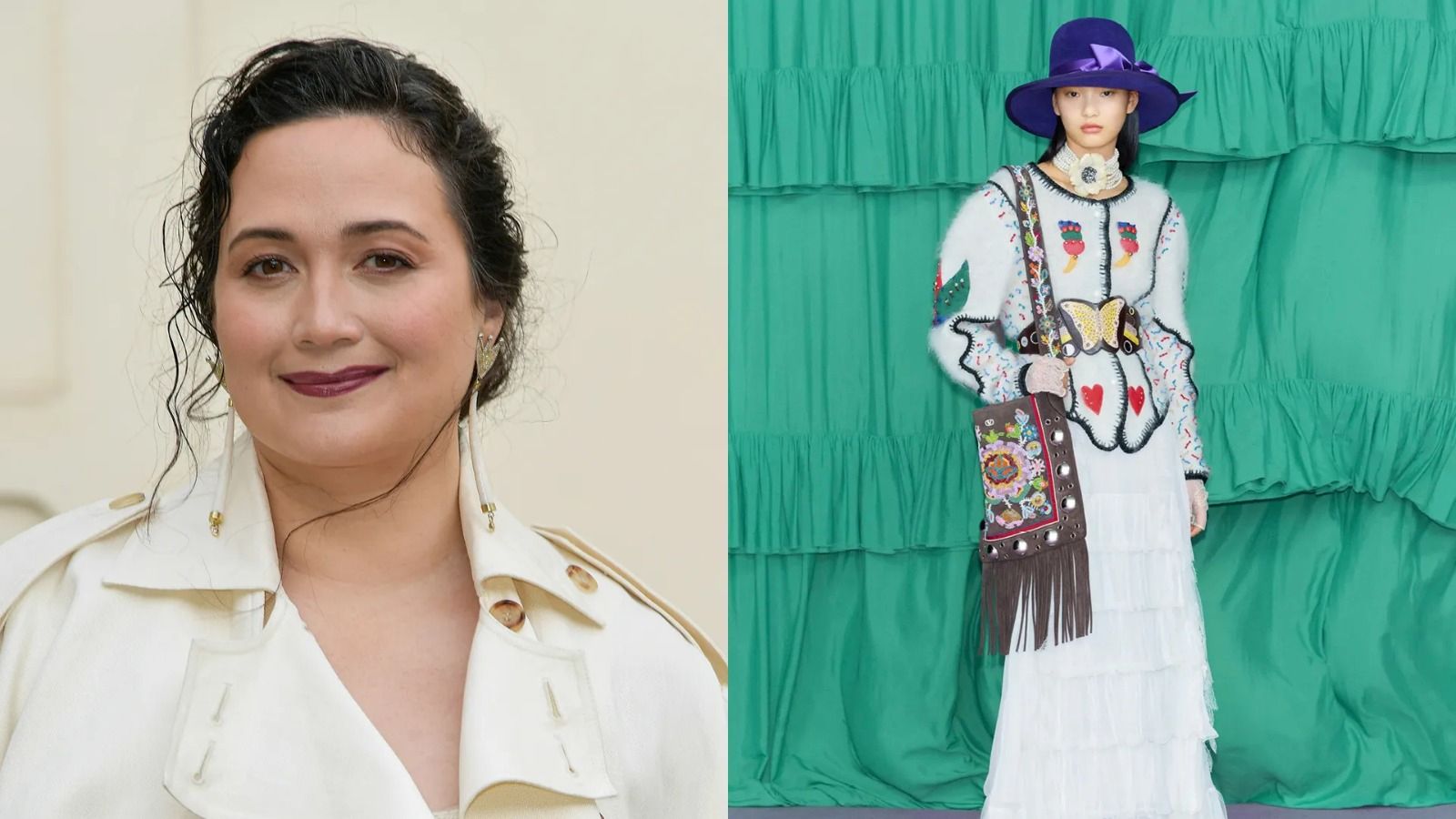
Over in Europe, Valentino was called out by Indigenous artist Lily Gladstone after a pre-fall 2025 bag looked suspiciously like Métis and Dene beadwork. No homage here—just omission of credit.
Closer to home, brands like Reformation, Oh Polly, and H&M released outfits that borrow heavily from South Asian staples—dupattas, lehengas, salwar-kameez—but labeled them “Scandinavian accessories.” Cue the viral post: “That’s a dupatta, not a skinny scarf”—and a wake-up call for Western brands who continue to erase context.
Luxury isn’t immune either. Chanel and Giambattista Valli faced social-media fury in 2025 for re-packaging Algerian traditional attire as “Mediterranean chic”—without a whisper of credit. What they framed as “global inspiration” was, to Algerians, a brutal act of cultural erasure.
And who can forget Dior’s “boho-chic” looks modeled almost stitch-for-stitch after the traditional Bihor coat of Romania? Outrage forced Dior to backtrack and artisans to reclaim their rightful narrative.
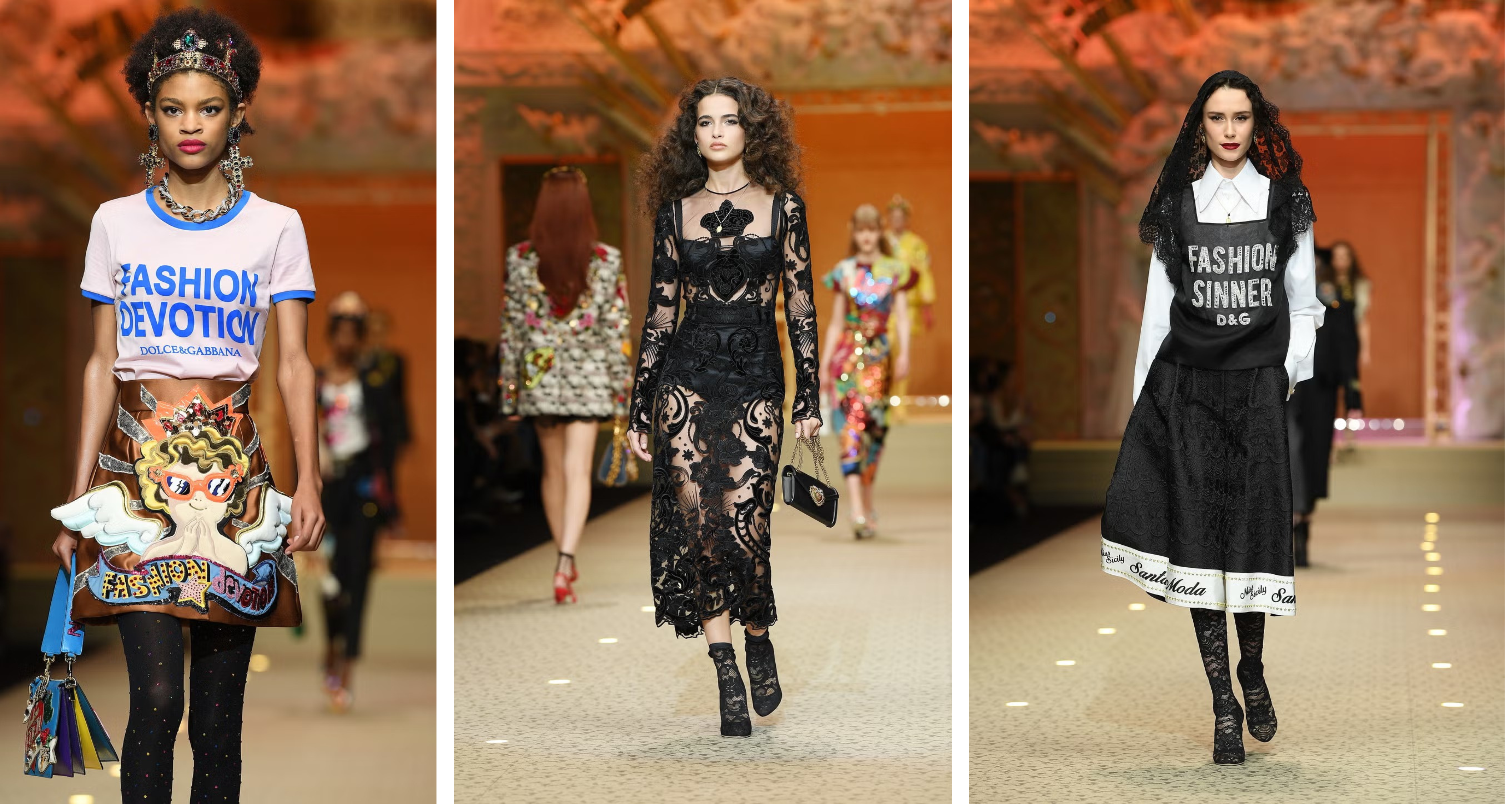
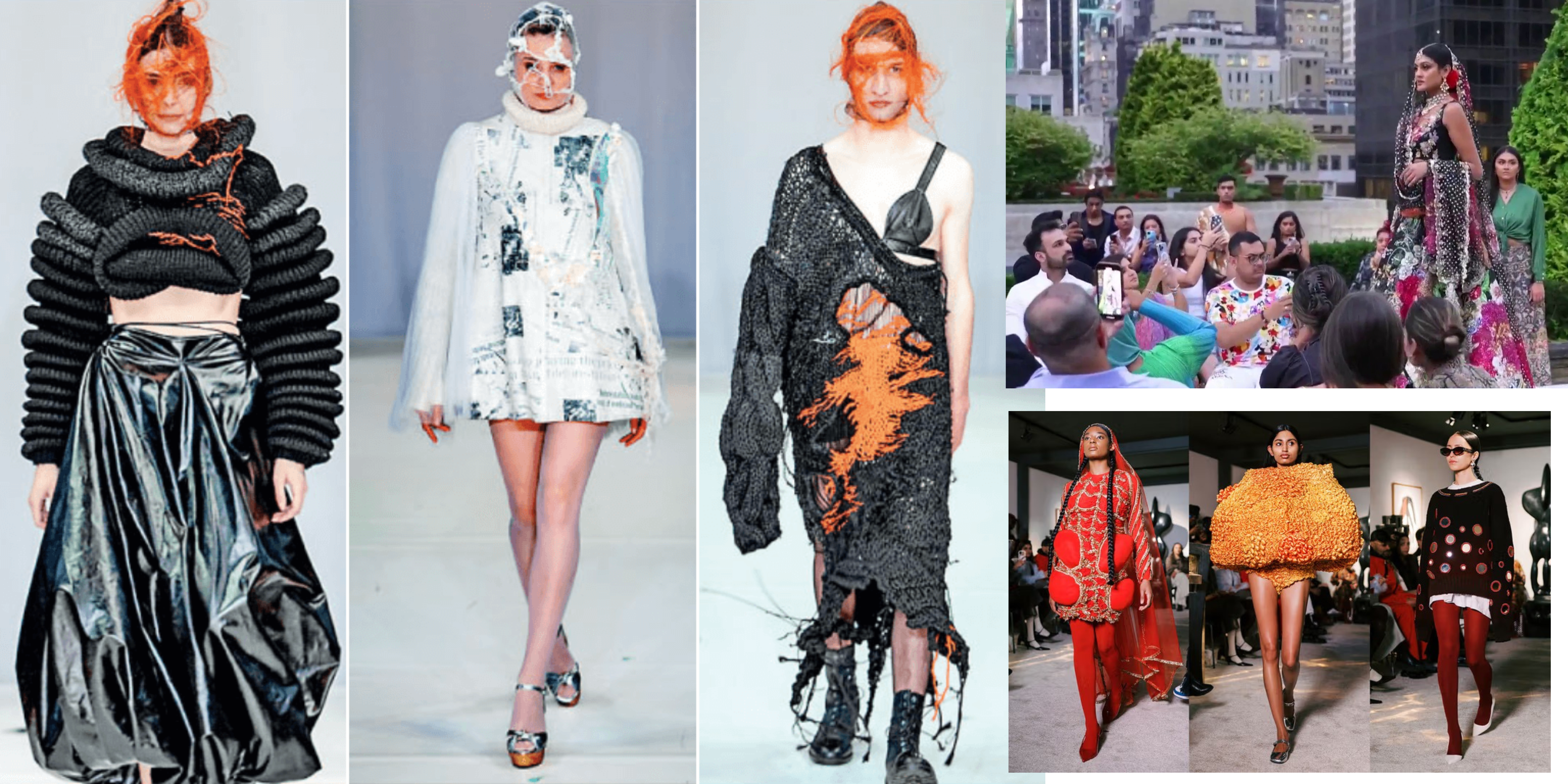
African, Asian, and Indigenous Designers Push Back
If cultural theft once happened quietly, that era is over. Designers from the Global South are no longer asking politely—they’re suing, patenting, locking down copyrights, and winning.
Rahul Mishra is leading this fight:
- In January, the Delhi High Court granted him a dynamic injunction blocking counterfeit sites selling fake “Rahul Mishra” designs.
- Just last week, that same court protected his iconic “Tigress” embroidery (yes, the one Mark Zuckerberg wore at Ambani’s pre-wedding event) from knock-offs flooding e-commerce.
Stella Jean—the Haitian-Italian designer who walked away from Milan Fashion Week in protest—has been a relentless voice demanding equal recognition for Black and Indigenous artisans in luxury spaces. Her “Manifesto of Fashion Designers of Color” is now a formal demand for systemic change.
Aurora James of Brother Vellies is another. Through the 15 Percent Pledge, she’s forcing major retailers to allocate shelf space to Black-owned businesses, linking cultural recognition to economic empowerment.
In Mexico, Oaxacan embroiderers have teamed up with the country’s Culture Ministry to not only sue corporations but to pressure governments into adopting international treaties against fashion plagiarism. In Kenya and Nigeria, Maasai and Yoruba groups are filing collective IP claims to protect traditional textiles from being passed off as “festival wear.”
Even footwear hasn’t been spared. The iconic Kolhapuri chappal—a handcrafted leather sandal from Maharashtra with centuries of heritage—was controversially “reintroduced” by Western brands like Hermes and Urban Outfitters as a “boho gladiator sandal.” Prices soared into hundreds of dollars, while Indian artisans who perfected the craft over generations saw no credit, no royalties, and no mention of its cultural roots.
But here’s the kicker: since 2019, Kolhapuri chappals have been granted a Geographical Indication (GI) tag in India, meaning only artisans from specific districts in Maharashtra and Karnataka can legally market footwear as “Kolhapuri.” The GI tag was a direct move to safeguard the craft against misappropriation—and a blueprint for how traditional communities can fight back in global courts of culture and commerce.
Know more about EMPOWER that advocates for authenticity & originality.
Why Originality Isn’t Just Art—it’s Survival
Here’s the point: creativity that comes from nowhere won’t last. If your brand leans on stolen patterns or sacred designs with no care for origin, expect backlash. What was once “ethnic chic” is now headline news, brand crisis, and legal litigation.
But when fashion dialogues with culture respectfully—credits its sources, collaborates with artisans, invests in communities—that’s not just ethical. That’s legacy. Look at brands like Gabriela Hearst, who works directly with women’s collectives in Uruguay, or Bibi Russell in Bangladesh, whose work with weavers revitalizes both heritage and economy.
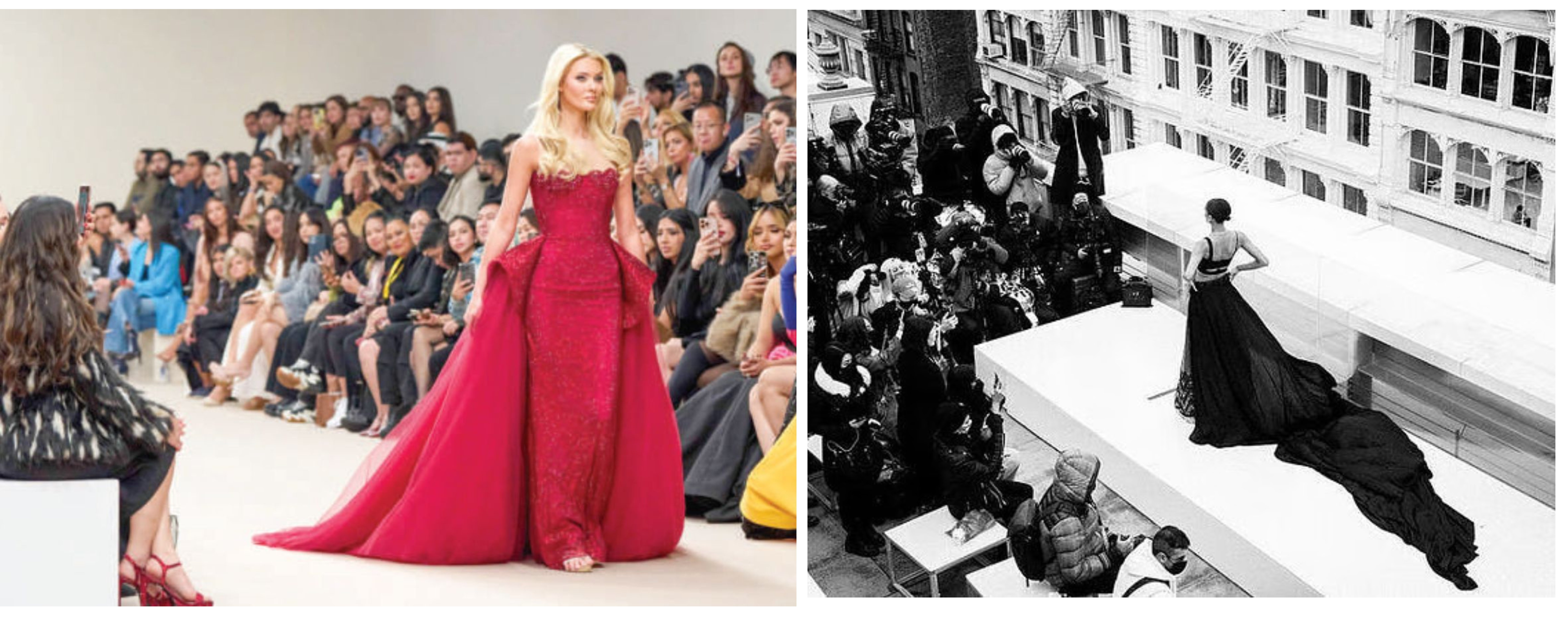
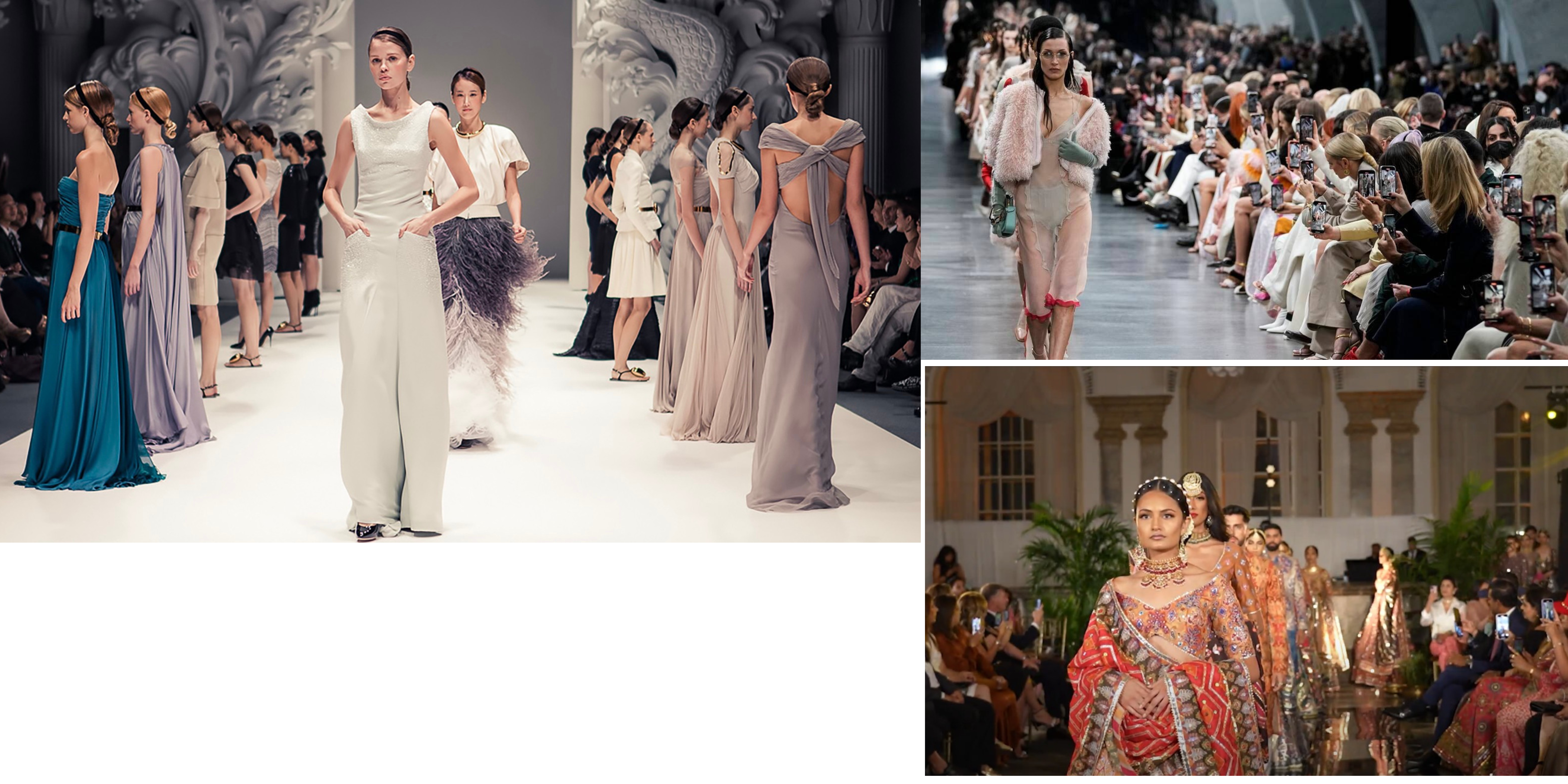
My Two Cents as a Fashion Writer
As someone watching (and writing about) media and culture across Asia, and reviewing fashion collections, I’ll say this: appropriation is bad design; acknowledgment is next-level intention. Creators like Rahul Mishra, Gaurav Gupta aren’t just designing—they’re setting the rules. And if brands want to survive in the next decade, they have to play fair. Because culture isn’t a trend—it’s a story, living and breathing—and it deserves respect.
Want to Go Deeper? Here’s the Nuance:
- Fashion must shift from “borrow-and-sell” to “collaborate-with-context.”
- Designers from the Global South are no longer slowed by gatekeepers—they’re stacking up legal wins.
- Respect isn’t about forced diversity optics—it’s about paying homage with integrity.
- Consumers—especially Gen Z—are the watchdogs now. They can spot stolen culture instantly, and they’re not afraid to drag even the biggest fashion houses.
This isn’t a trend. It’s a reckoning. And it’s far from over. The watchdogs are awake.
Fashion photo images: courtesy Google images
Reach out to me to PR Manage/cover a concert/media interview at etheldacosta@gmail.com
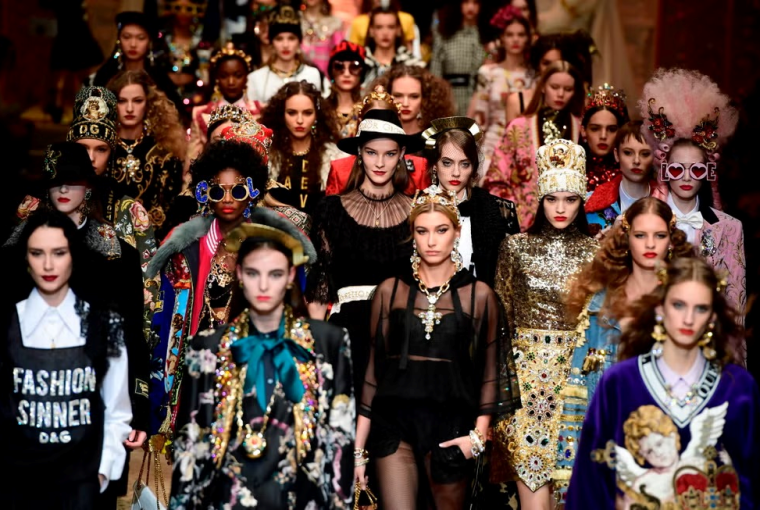



Floored by the rightful Gore! Yes it’s time that misappropriation of culture is called out loud and clear! Hats off to #EMPOWER for taking this on. Wishing you bigger and bolder strides in the direction.